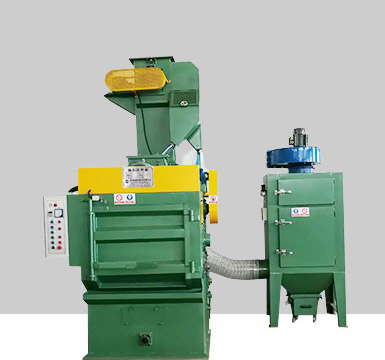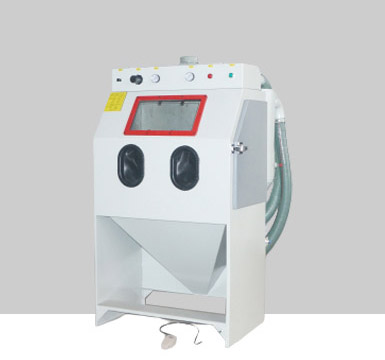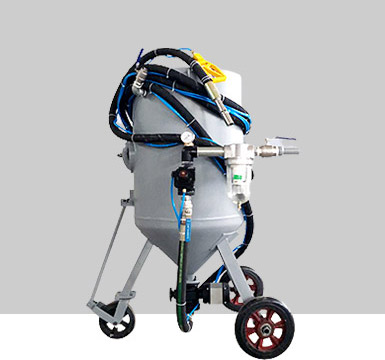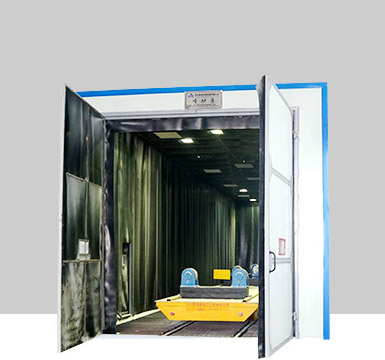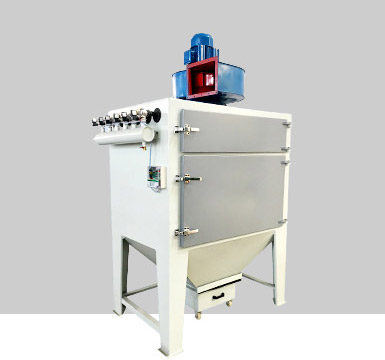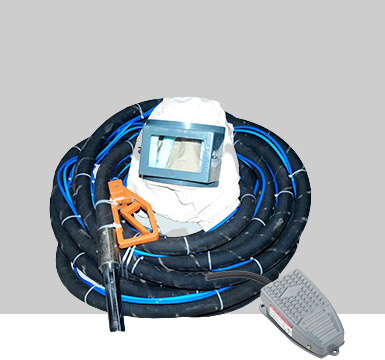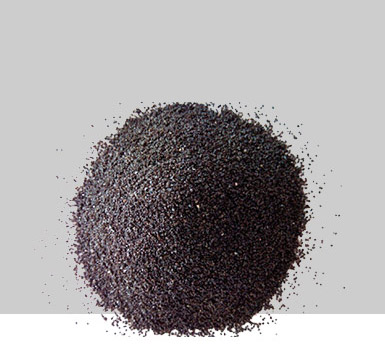How does a sand blast cabinet work?
A sand blast cabinet is an essential tool used in various industries for surface cleaning, preparation, and finishing. It employs a powerful technique called sandblasting, which involves propelling abrasive particles at high speeds to remove impurities or alter the surface of a material. In this article, we will delve into the inner workings of a sand blast cabinet and explore how it accomplishes its tasks effectively.
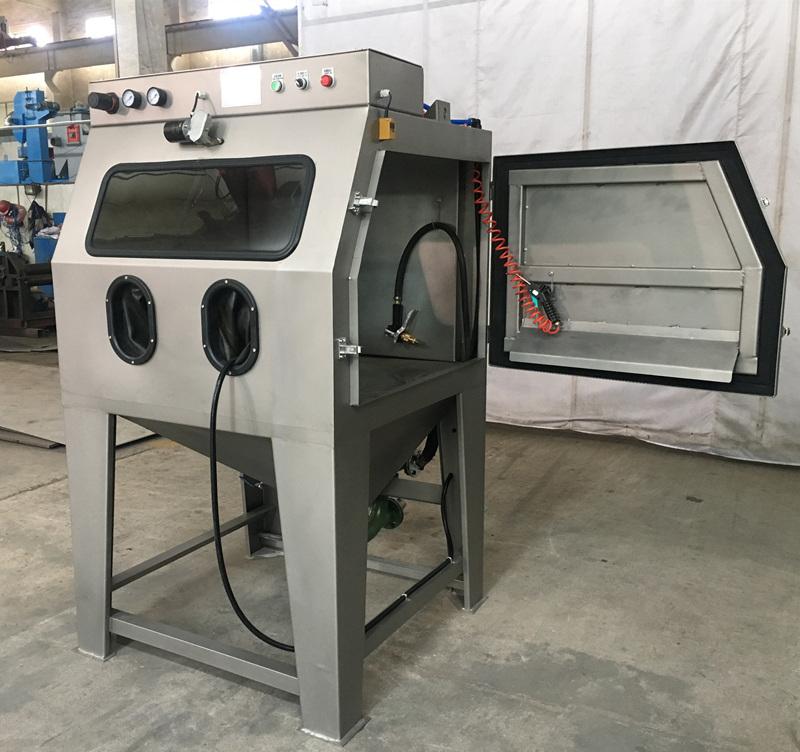
The Concept of Sandblasting:
Before we delve into the details of a sand blast cabinet, let's first understand the underlying principle of sandblasting. Sandblasting is a process that utilizes abrasive materials propelled by compressed air or another source of energy to clean or modify a surface. The abrasive particles, such as sand, aluminum oxide, or glass beads, are accelerated through a nozzle and directed towards the target material, resulting in the removal of unwanted coatings, rust, or contaminants.
How Does a Sand Blast Cabinet Work?
A sand blast cabinet is an enclosed space designed specifically for sandblasting operations. It consists of several key components that work together to ensure efficient and controlled abrasive blasting.
Enclosure:
The sand blast cabinet is typically made of a sturdy material, such as steel, and features a viewing window or viewport for monitoring the blasting process. The enclosure ensures that the abrasive particles remain confined within a controlled space, minimizing the risk of environmental contamination and ensuring operator safety.
Abrasive Media:
Inside the sand blast cabinet, a hopper or storage unit holds the abrasive media, such as sand or other blasting materials. The media is carefully selected based on the desired application and the material being treated. It is gravity-fed or pressurized and then directed toward the blasting nozzle.
Blasting Nozzle and Air Compressor:
The blasting nozzle is an essential component that controls the flow of abrasive media. It is connected to an air compressor, which provides the necessary compressed air to propel the particles. The nozzle design and size can be adjusted to achieve the desired blasting intensity and pattern.
Workpiece Placement:
The workpiece to be treated is placed inside the sand blast cabinet on a sturdy support structure, such as a rotating turntable or fixed hooks. This arrangement ensures that all areas of the workpiece can be evenly exposed to the abrasive particles for effective cleaning or surface modification.
Dust Collection System:
To maintain a clean working environment and prevent the accumulation of dust and debris, a sand blast cabinet incorporates a dust collection system. This system includes filters and exhaust mechanisms that capture and contain the abrasive particles and contaminants generated during the blasting process.
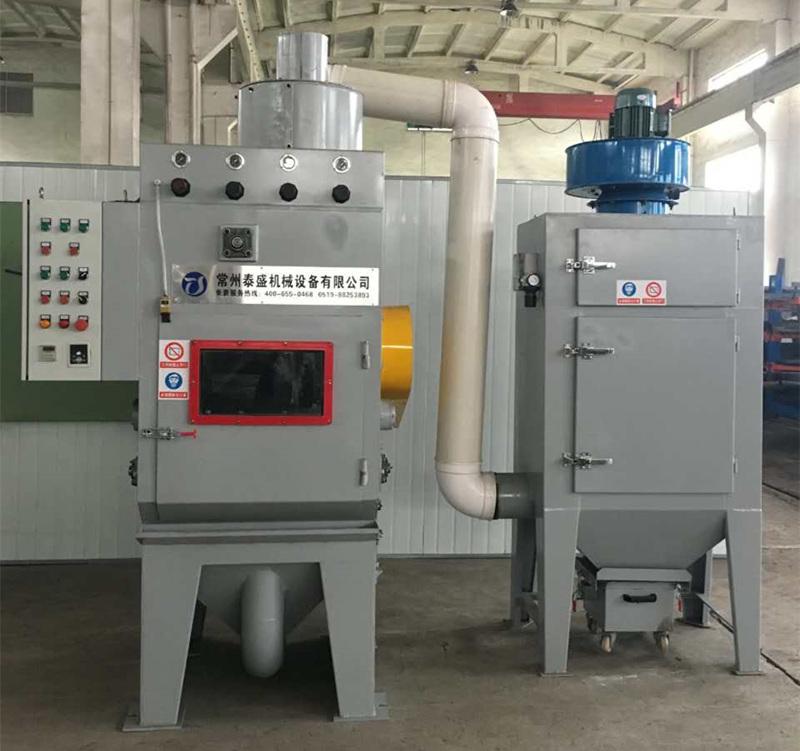
Conclusion:
A sand blast cabinet plays a vital role in achieving precise and controlled sandblasting results. Its carefully engineered components, including the enclosure, abrasive media, blasting nozzle, air compressor, workpiece placement, and dust collection system, work harmoniously to create a safe and effective environment for surface cleaning and preparation. By harnessing the power of abrasive particles, a sand blast cabinet enables industries to enhance the quality and durability of various materials, making it an indispensable tool in many manufacturing and maintenance processes.
